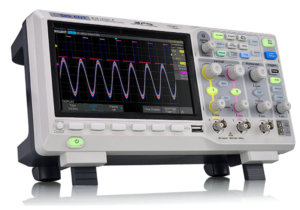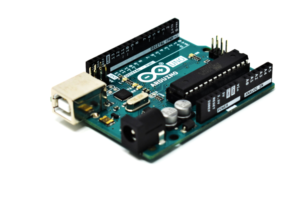Whether you’re looking to build a prototype or just getting started, choosing the right development board is crucial for anyone looking to build microcontroller-based projects. Development boards are the foundation for your project, providing the necessary components, interfaces, and connectivity options to bring your ideas to life. With so many different development boards available, it can be overwhelming to determine which one is right for you. Factors such as cost, form factor, processing power, interfaces, and connectivity options should all be considered when making your selection. It is important to consider your needs, skills, and the specific requirements of your project to choose the one that is best suited for you. In this article, we will examine some of the most popular development boards to help you make an informed decision.
1. Cost
Cost is an important consideration when choosing a development board. Development boards range from a few dollars to hundreds of dollars, so it is important to determine your budget before making a selection. Keep in mind that while a more expensive development board may have more features and processing power, it may not be necessary for your specific project. Conversely, a cheaper development board may have limited capabilities, but may still be suitable for your needs.
2. Form Factor
The form factor of a development board refers to its size and shape. Development boards can range from small, compact boards that can fit in the palm of your hand, to larger boards with more components and interfaces. The form factor of a development board can impact its portability, versatility, and ease of use. Consider the size of the board and its intended use when choosing a form factor.
3. Processing Power
The processing power of a development board refers to the speed and capability of its microcontroller. Development boards with more processing power are typically more expensive and capable of handling more complex projects. However, keep in mind that more processing power may not be necessary for simple projects. Consider the complexity of your project when choosing a development board with the appropriate processing power.
4. User Base
A board that has a large user base most likely means that there will be plenty of development support. There are tons of projects with step-by-step instructions and software so you can build a project quickly. Once you finish a few of these projects, you’ll be able to do some on your own or figure out how to make an existing project better with your own custom features.
5. Interfaces
Interfaces refer to the available ports on a development board that allow communication with external components and devices. Some common interfaces include USB, UART, SPI, I2C, CAN, and Ethernet. When deciding which ones you need for a project, you need to consider the devices you want to connect with and how fast you need to communicate with that device. If you need to transfer a lot of data, then you might want to use Ethernet or CAN.
6. Analog and Digital I/O
The analog and digital input/output options of a development board refer to the methods by which it can send or receive signals to and from external components or sensors. An analog input allows the board to receive continuous signals such as analog voltage readings from a temperature sensor, while a digital input allows the board to receive binary signals such as button presses. Analog outputs allow the board to send continuous voltage or current signals to control the positioning of a valve or speed of a motor. A digital output allows the board to send binary signals such as turning a LED on or off.
7. Wireless Connectivity
Wireless connectivity options, such as Wi-Fi, Bluetooth, and Long Range (LoRa) allow development boards to communicate with other devices without the need for physical connections. This can greatly increase the versatility and convenience of a project. One thing to be cautious of is some development boards come with built-in wireless connectivity while others may require external components to establish wireless communication. You also need to consider data rates, power consumption, and range.
Conclusion
Choosing the right development board is an important decision that can impact the success of your project. Factors such as cost, form factor, processing power, user base, interfaces, analog and digital I/O, and connectivity options should all be considered when making your selection. By taking the time to carefully evaluate your needs and options, you can select the right development board to meet the demands of your project and help you achieve your goals.


